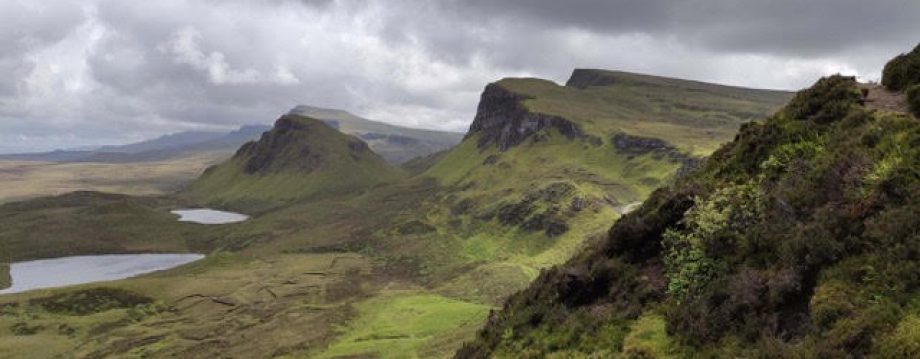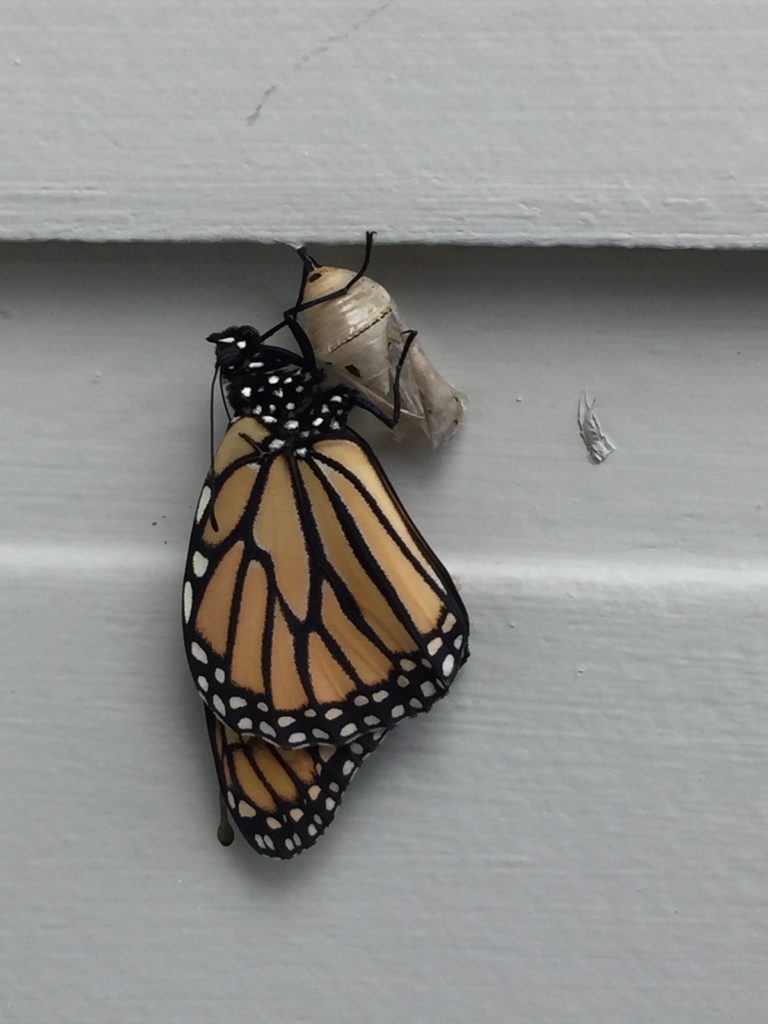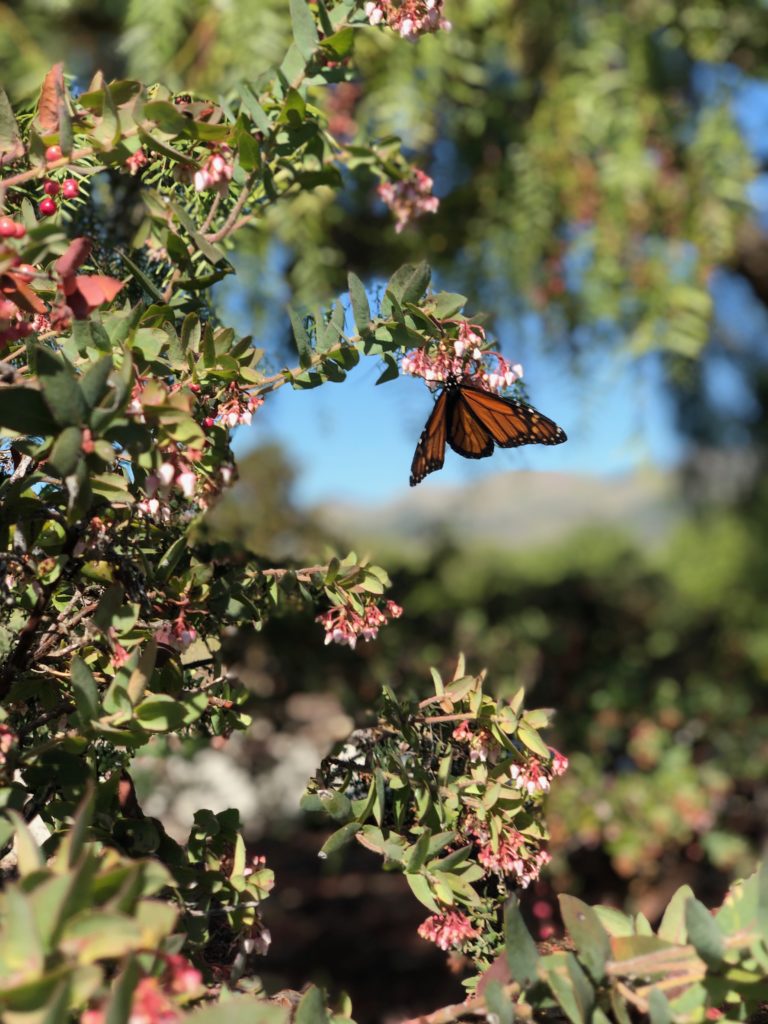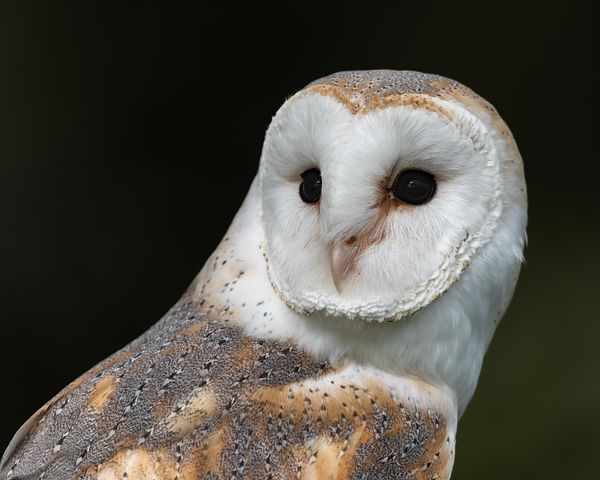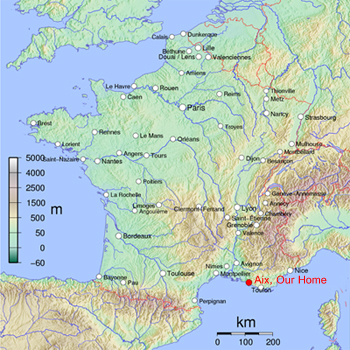I’ve been thinking a lot about memory lately: not surprising since I’ve been reading Ta-Nehisi Coates’ 2019 novel The Water Dancer which is all about memory and the power of story “to build a bridge from the curse of slavery to the boon of freedom.” He urges that one must not turn away from suffering, but remember and face it, and tell its story. “We must turn our suffering into a bridge so that others might suffer less” counseled Elie Wiesel. Both men conceived of memory as a connective tissue: it is an energy, a story, a bridge from suffering to hope.
Memory is a ThroughLine in the same way that bearing witness is. It can tell us who we are, and it can define the quality of our lives.
I’m also thinking of the testimony before Congress this week from several police officers who defended the U.S. Capitol building from the violent invasion of insurrectionists on January 6th this year. Leonard Pitts Jr., a columnist for the Miami Herald wrote about this testimony, this witnessing, saying: those who would deny what happened on Jan. 6th, and try to rewrite the history of that day “have been trying to murder memory . . . [and by this testimony] memory fought back.”
Memory can save us. Memory can lead us to safety.
Memory is the connective tissue that can bind together the fragments of experience. When terror or rage or deep sadness stand alone, without a memory to hold them, they can overwhelm reason and courage. When memory brings into light the experiences to which those feelings belong, and with it words, then the connective tissue begins to allow meaning to emerge. It feels like a miracle when it happens. It feels like freedom.
Our understanding of memory is incomplete and the experience of memory can seem mysterious. We’re not sure how it works, where it resides, or why it comes and goes, as it does. We know that memories are recorded in the body. But to understand the language of body memories takes patience, endurance, and sometimes an interpreter.
Memory is not all about suffering, of course. It can bring delight and laughter as well.
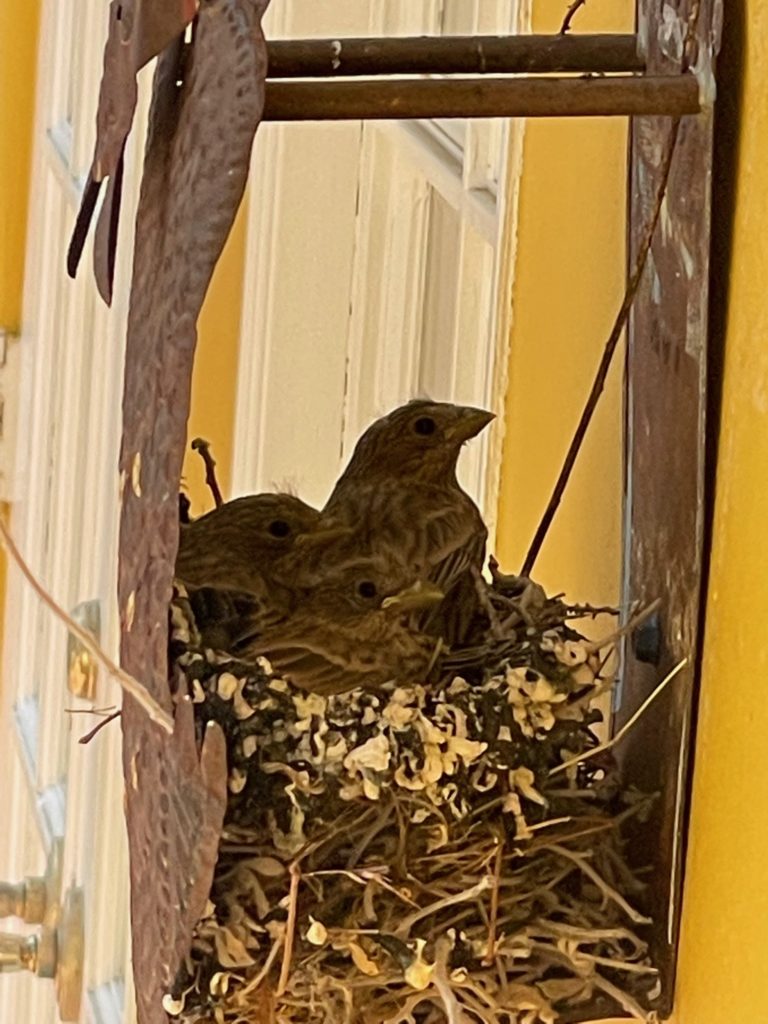
How do the house finches know to come back to this exact location to nest and fledge their chicks year after year? They have come to my courtyard for over 20 years now. How is the memory of this safe nesting place passed on from one generation to the next? Memory is mysterious, indeed.
